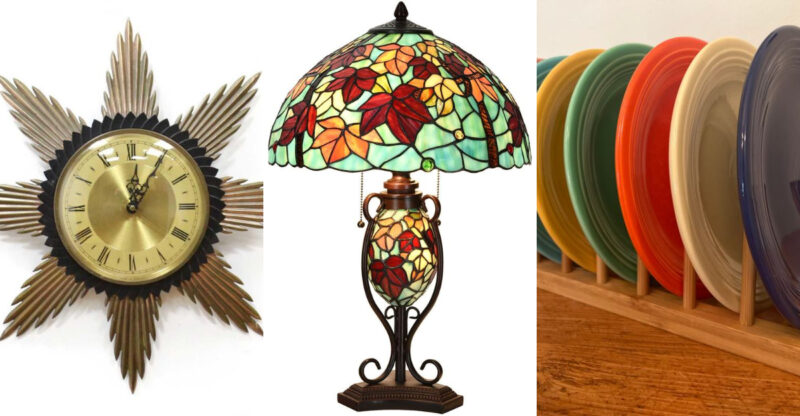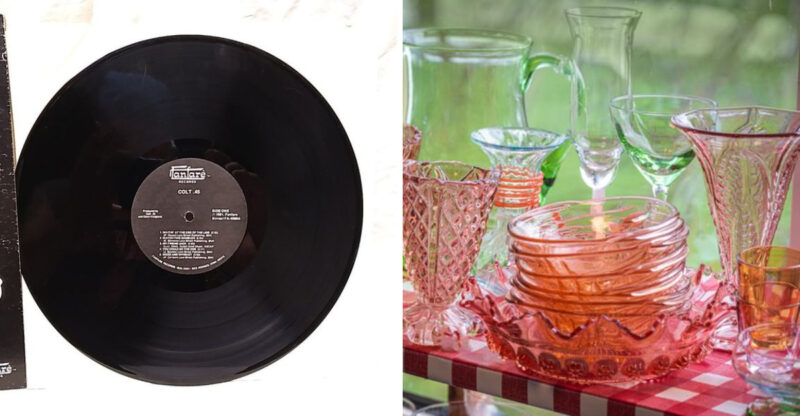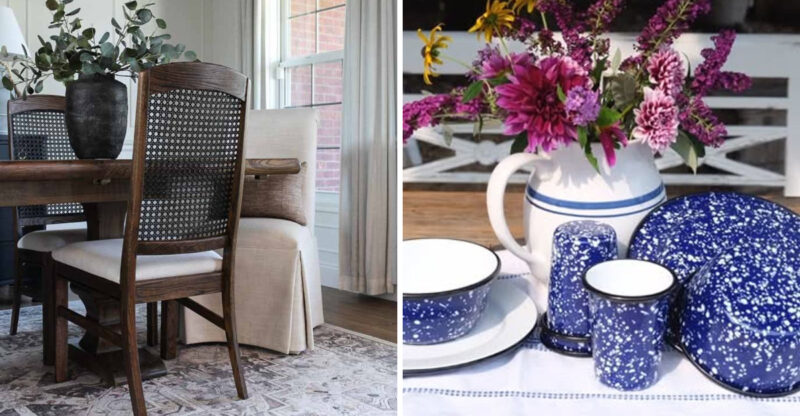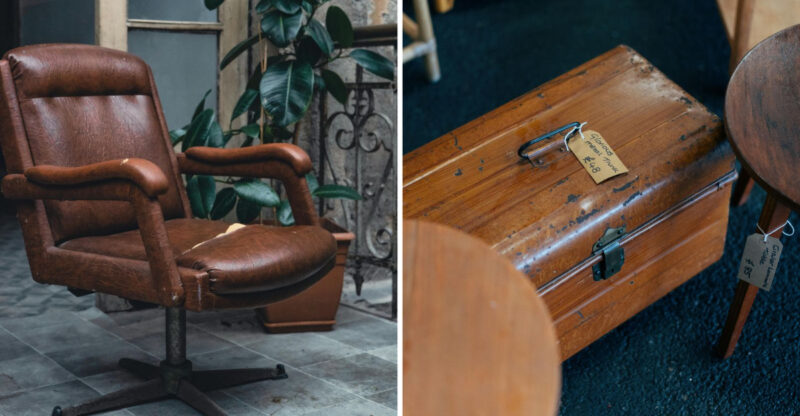Antique Pieces Expected To Rise Or Fall In Value In 2025, According To Collectors In New England
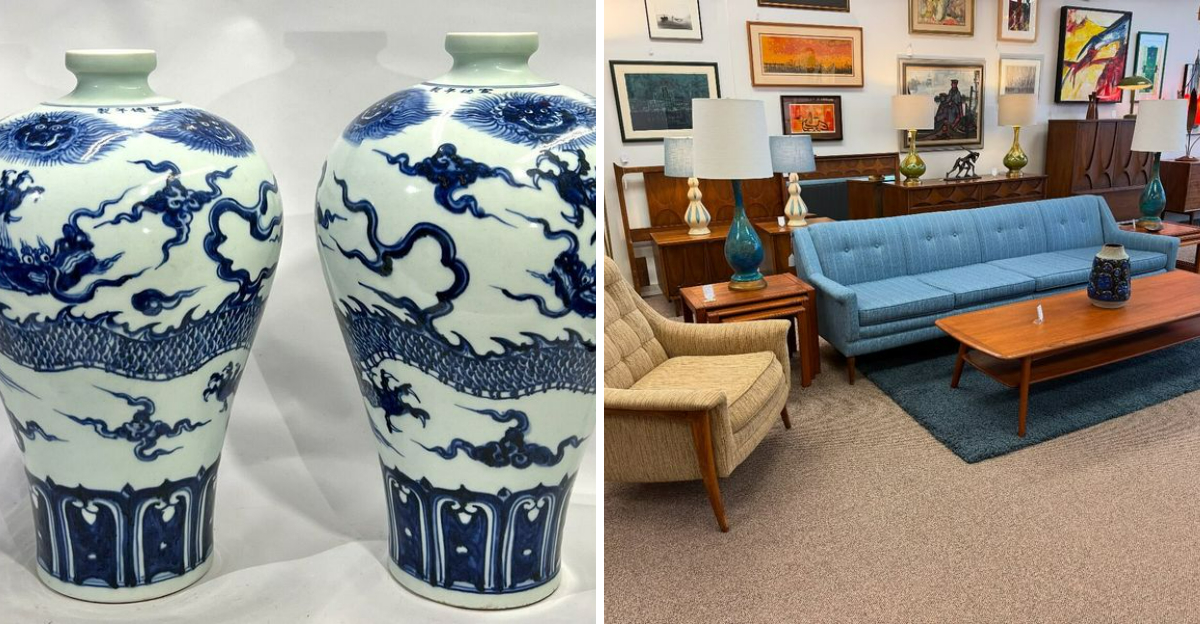
The antique market can be as unpredictable as New England weather. I’ve been chatting with collectors across Massachusetts, Vermont, and Maine to get their predictions for 2025. Some treasures in your attic might be worth holding onto, while others could be losing their luster faster than you’d think.
Here’s what the experts are saying about which antiques will climb in value and which ones might be headed for a downward spiral.
1. Mid-Century Modern Furniture
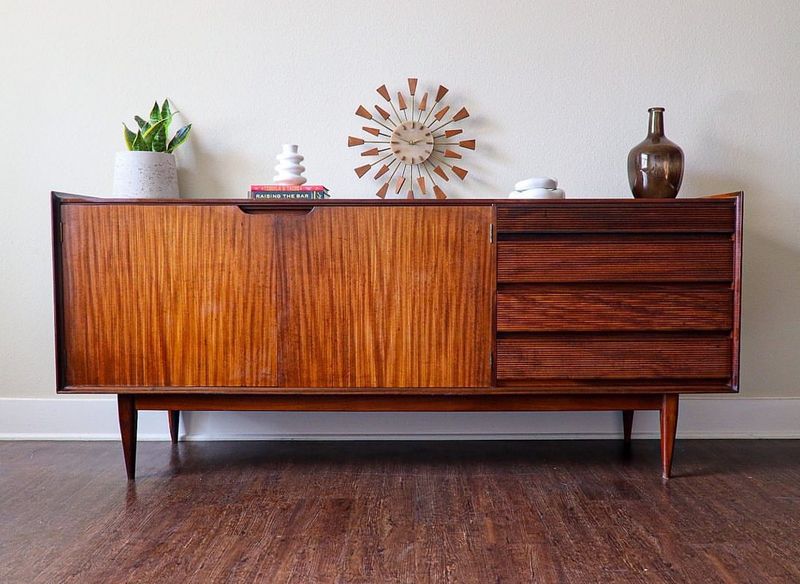
The clean lines and functional design of mid-century pieces continue to captivate younger collectors. Many are willing to pay premium prices for authentic Eames chairs or Noguchi tables. Collectors in Boston particularly noted that pieces with documented provenance are fetching record prices.
The sustainable aspect of these pieces also appeals to environmentally conscious buyers. A Danish teak credenza that sold for $800 five years ago might command $3,000 or more by 2025. The limited supply and growing demand create a perfect storm for investment potential.
2. Early Photography

Daguerreotypes, ambrotypes, and early paper photographs are experiencing a renaissance among collectors. Images of historical significance or unusual subjects command the highest prices at auctions in Boston and Providence.
Many collectors appreciate the artistry and technical skill required to create these early images. The connection to American history makes them particularly valuable to institutions and serious collectors.
A Civil War-era daguerreotype that sold for $800 in 2020 might fetch $2,500 or more by 2025. The limited supply and fragile nature of these images make well-preserved examples increasingly rare.
3. Mass-Produced Victorian Furniture
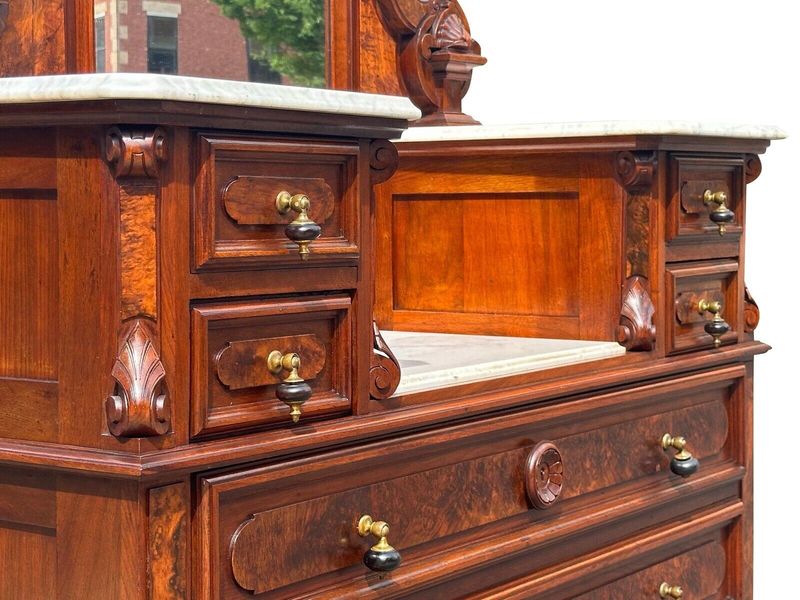
Those ornate Victorian sideboards and heavy dining sets that once commanded premium prices are struggling to find buyers. Young collectors find these pieces too dark, formal, and impractical for modern homes. Dealers in Hartford and Providence report selling Victorian furniture for fractions of what they brought just a decade ago.
The craftsmanship is admirable, but the dark woods and fussy ornamentation simply don’t fit contemporary design sensibilities. A mahogany dining set that sold for $5,000 in 2010 might fetch only $1,500 by 2025. Unless the piece has exceptional provenance or unusual features, values will continue to decline.
4. Limited Edition Collector Plates
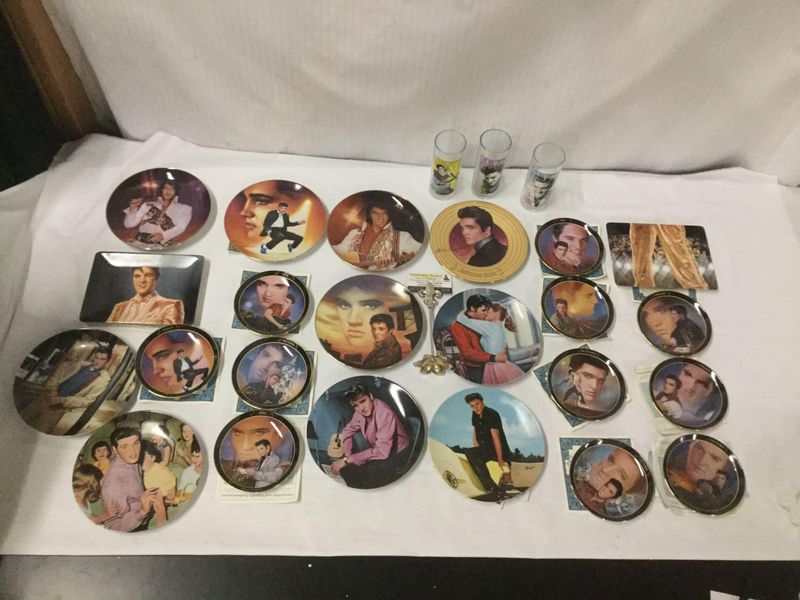
Remember those Bradford Exchange plates your grandmother treasured? They’re practically worthless now. The market for these mass-produced collectibles has collapsed as original buyers age out of collecting. Dealers across New England refuse to accept these items on consignment because there’s virtually no secondary market.
Even complete sets with certificates of authenticity struggle to sell for more than a few dollars each. A collector plate that originally sold for $50 might fetch less than $5 by 2025. The manufactured scarcity of these items failed to create lasting value once the original marketing hype faded.
5. Depression Glass
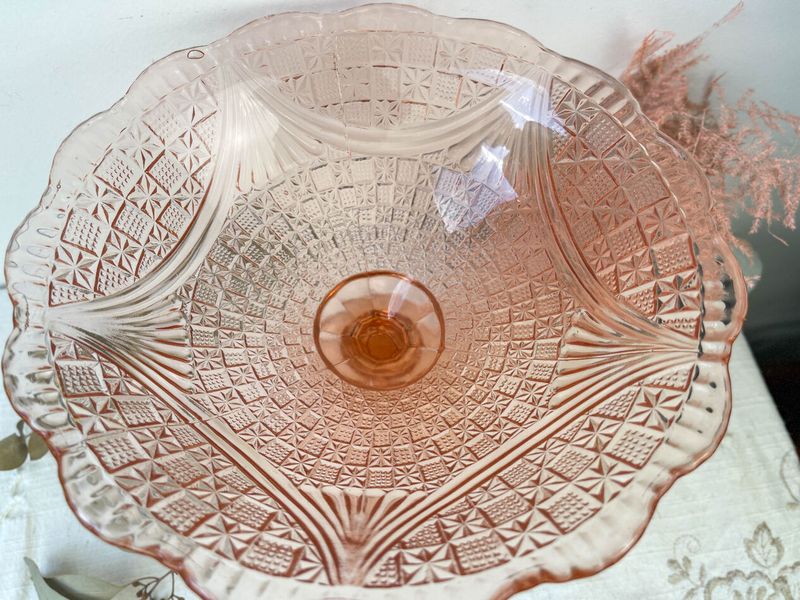
The colorful glass that once filled antique shops is seeing steady price declines. Common patterns and pieces now sell for a fraction of their values from the 1990s collecting heyday. Dealers in Salem and Concord note that only rare colors and patterns still command premium prices.
The ubiquity of Depression glass in the market has driven down values for all but the most exceptional pieces. A pink Depression glass cake stand that sold for $125 in 2000 might fetch only $45 by 2025. Collectors are becoming more selective, focusing on condition and rarity rather than accumulating complete sets.
6. Most Commemorative Coins
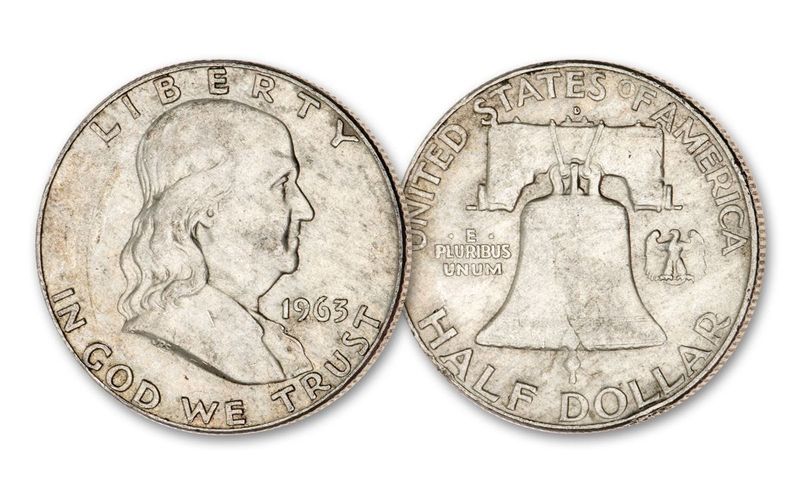
Despite the marketing hype, most modern commemorative coins will never be worth more than their face value or metal content. The Franklin Mint and similar companies produced these items in such quantities that they’ll never achieve true scarcity. Coin dealers in Hartford and Boston report customers being disappointed when bringing in entire collections.
Only coins with precious metal content maintain value, and that’s primarily for the metal rather than any numismatic premium. A set of state quarters that sold for $50 might be worth only their $12.50 face value by 2025. True numismatic value requires genuine scarcity, which these mass-marketed items simply don’t have.
7. 1980s Oak Furniture
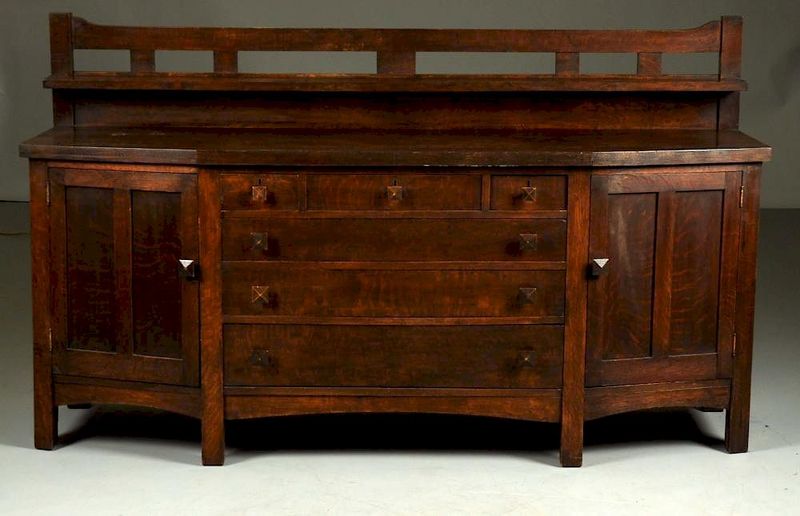
The golden oak entertainment centers and dining sets that dominated 1980s homes continue their value decline. These mass-produced pieces lack the craftsmanship of earlier furniture and the design appeal of mid-century items. Auctioneers in Manchester and Portland report struggling to get minimum bids on even well-maintained oak pieces.
The heavy, yellow-toned wood simply doesn’t fit with contemporary design trends or smaller modern living spaces. A solid oak dining set that sold for $2,000 new might fetch only $200-300 by 2025. Unless there’s a surprising revival of 1980s design aesthetics, these pieces will continue their downward trajectory.
8. Mid‑Century Modern Furniture
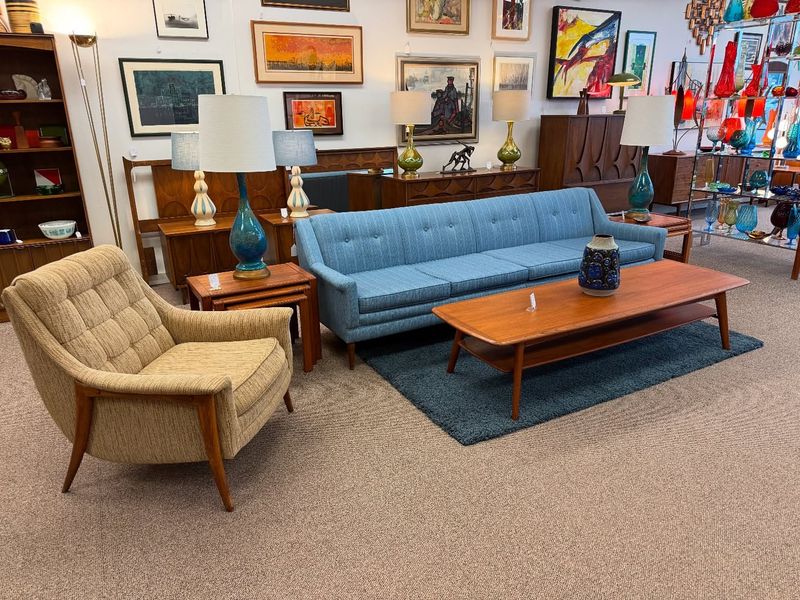
Mid-century modern furniture continues to capture the hearts of collectors and interior designers alike. Its blend of minimalism, functionality, and style makes it a staple in contemporary homes. A resurgence in demand is expected, driven by young collectors in New England who appreciate its aesthetic versatility.
Many pieces from this era feature high-quality craftsmanship and materials that are increasingly rare today. As sustainability becomes a growing concern, the demand for durable and timeless designs is only set to increase. With iconic designers like Eames and Saarinen leading the way, these pieces are poised for a value surge.
9. Garden Statuaries & Outdoor Antique Pieces
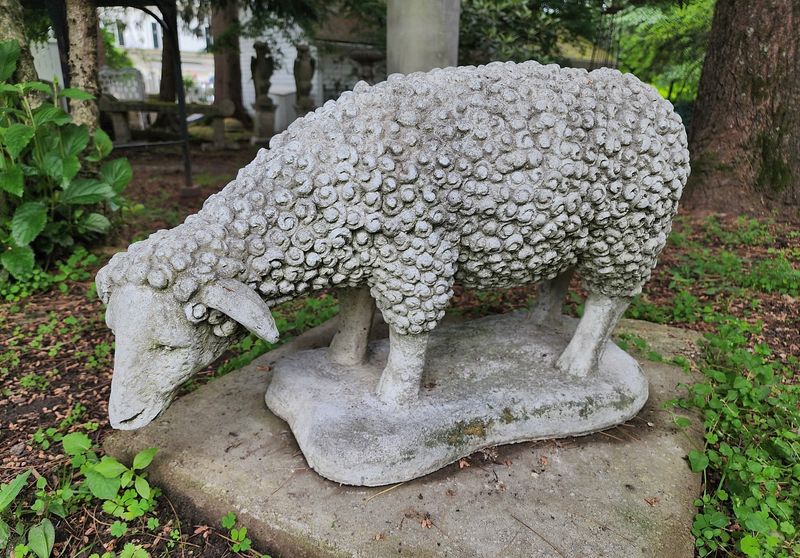
Garden statuary and outdoor antique pieces, once overlooked, are seeing renewed interest among New England collectors. The charm of a well-placed statue or antique bench adds character to gardens. This trend is fueled by a growing appreciation for outdoor spaces as extensions of our homes.
Many of these pieces are unique, with craftsmanship that tells stories of the past. As more people seek to create personalized garden sanctuaries, the demand for distinctive outdoor antiques is expected to rise. Collectors are particularly drawn to aged patinas and weather-worn textures that blend seamlessly with natural surroundings.
10. Chinese Porcelain (Ming/Qing)
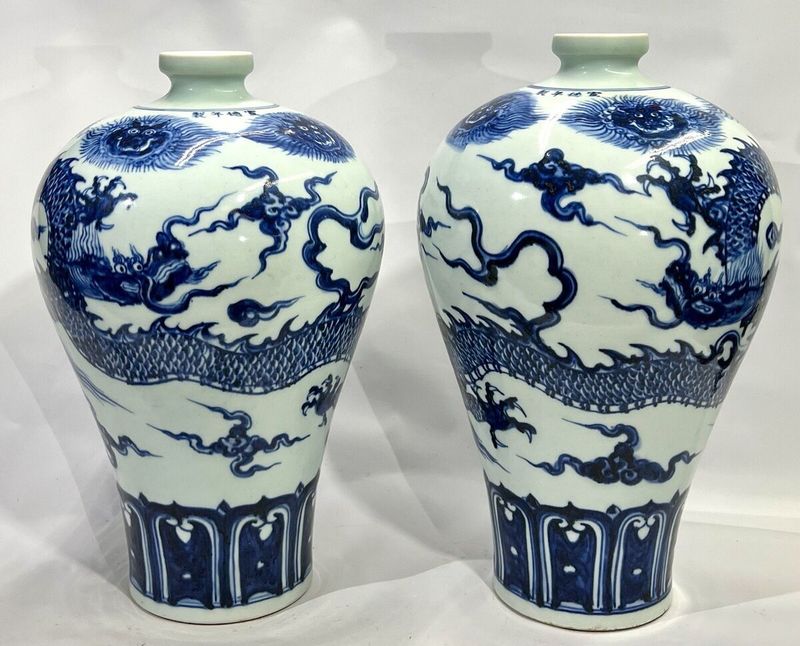
Chinese porcelain from the Ming and Qing dynasties holds a special place in the world of antiques. Known for its delicate artistry and historical significance, each piece is a testament to centuries-old traditions. Collectors in New England are particularly keen on acquiring these treasures.
The intricate designs and vibrant glazes speak of a rich cultural heritage that continues to captivate. As global interest in Chinese art and history grows, so does the demand for authentic pieces. These porcelains are not just decorative items but investments with a promising future.
11. Mass‑Produced Victorian Furniture
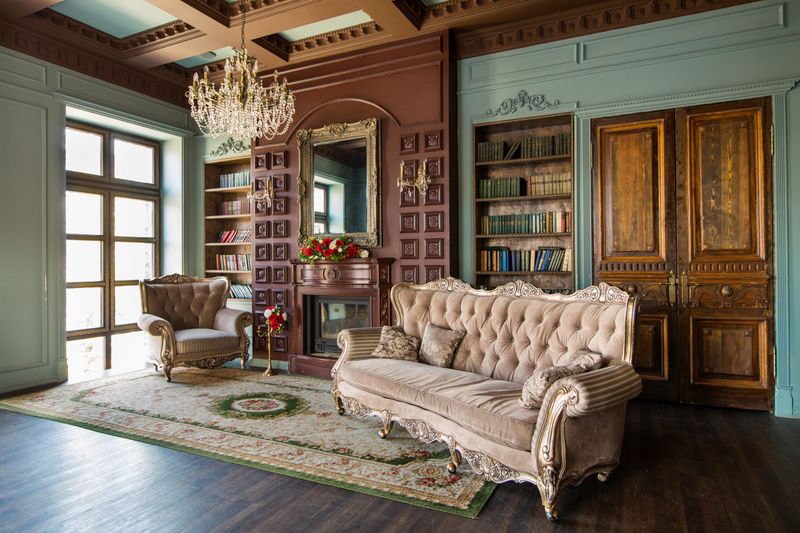
Mass-produced Victorian furniture, once the epitome of elegance, is expected to decline in value. The ornate designs and heavy craftsmanship that once attracted attention now seem outdated to modern buyers.
As tastes shift towards minimalism and functionality, these pieces are losing their appeal, especially among younger collectors. Despite their historical value, the market is saturated, and many are looking for more unique finds. Thus, these Victorian pieces might still find a home with niche collectors, but their widespread desirability is waning.

